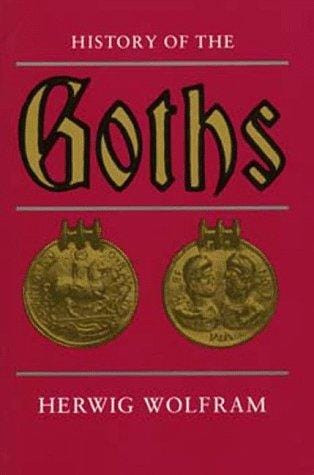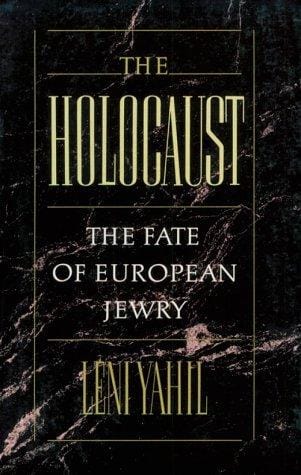History of the Goths
Explore the history of the Goths, from their Scandinavian origins to the rise of Visigoth and Ostrogoth kingdoms, and their enduring cultural legacy.

Introduction
The History of the Goths is one of migration, adaptation, and transformation that reshaped late antiquity and laid foundations for medieval Europe. Emerging from the shadows of classical writers as fearsome northern tribes, the Goths evolved into sophisticated kingdoms that negotiated, fought, and collaborated with the Roman Empire. By tracing their journey from Scandinavian origins to the establishment of Visigoth and Ostrogoth realms, we gain insight into the dynamic forces that ended the classical world and forged a new European order.
Origins in the North
Most scholars agree that the Gothic tribes originated in the southern Baltic region, with the island of Gotland and the lower Vistula River often cited as their earliest homelands. Archaeological cultures such as Wielbark in present-day Poland display distinctive burial customs—absence of weapons in men’s graves, stone circles, and mixed cremation and inhumation—that are linked to early Goths. Linguistic evidence from the Gothic language, the earliest attested Germanic tongue, supports a northern provenance connected to other East Germanic dialects.
According to the semi-legendary account of Jordanes, himself a sixth-century Gothic historian, a king named Berig led the Goths from Scandinavia to the European mainland around the first century CE. While the saga blends myth and memory, it reflects real population movements triggered by changing climate, population pressure, and the lure of Roman markets farther south.
The Migration Period
By the third century CE, Gothic groups had reached the Pontic steppe, forming loose confederations known to Roman authors as the Thervingi and Greuthungi. Their proximity to the Danube frontier brought both conflict and commerce with the Roman Empire. Raids across the Black Sea culminated in the sack of Greek cities such as Corinth and Ephesus, showcasing Gothic naval audacity.
The pivotal moment arrived in 376 CE when the Huns surged westward, displacing Gothic communities. Seeking refuge, the Thervingi petitioned Emperor Valens for asylum inside Roman territory. Mismanagement, starvation, and exploitation turned the migrants into rebels, igniting the Battle of Adrianople in 378 CE, where Gothic cavalry annihilated a Roman field army and killed Valens. The defeat forced Rome to accommodate large barbarian groups within its borders, accelerating the transformation of imperial structures.
The Visigoths: From Foederati to Kingdom
The Thervingi evolved into the Visigoths, led by the ambitious Alaric I. Initially serving as federate troops (foederati) within the Roman military, they revolted over unpaid subsidies and political slights. In 410 CE Alaric shocked the ancient world by capturing Rome, the first sack of the Eternal City in eight centuries. Although brief, the event symbolized the shifting balance of power between Goths and Romans.
Under Alaric’s successors, the Visigoths wandered through Italy and Gaul before settling in Aquitaine under King Wallia. By 507 CE, however, Frankish expansion pushed them into Hispania, where they forged a durable kingdom with its capital at Toledo. Visigothic Spain blended Roman legal traditions—epitomized by King Reccesuinth’s Liber Iudiciorum—with Germanic customs, creating a hybrid culture that endured until the Muslim conquests of 711 CE.
The Ostrogoths: Empire Builders in Italy
The Greuthungi transformed into the Ostrogoths, who initially fell under Hunnic domination. After Attila’s death in 453 CE, they regained independence and, under King Theodoric the Great, were commissioned by Eastern Emperor Zeno to wrest Italy from the Germanic ruler Odoacer. Theodoric’s campaign succeeded in 493 CE, inaugurating an Ostrogothic Kingdom headquartered in Ravenna.
Theodoric skillfully balanced Gothic military supremacy with Roman administrative talent, retaining the Senate, minting coins with imperial imagery, and sponsoring extensive building projects like the Mausoleum of Theodoric. Religious tensions persisted—most Goths were Arian Christians while Italians were Chalcedonian—but Theodoric’s commitment to tolerance preserved internal stability. His death in 526 CE, followed by Justinian’s ambitious reconquest, plunged Italy into protracted warfare that ultimately extinguished Ostrogothic rule by 553 CE.
Culture and Society
Contrary to the barbarian stereotype, Gothic society possessed complex institutions. Kinship ties organized free warriors, while client relationships bound dependents to noble households. Kingship hinged on both dynastic legitimacy and the approval of warrior assemblies, creating a balance between autocracy and consensus.
The Gothic language, preserved in Bishop Wulfila’s fourth-century Bible translation, offers invaluable glimpses into early Germanic vocabulary and phonology. Material culture combined steppe-influenced brooches and weapon styles with Mediterranean luxury items obtained through war or trade. Burial assemblages from Crimea to Spain reveal social stratification and a taste for polychrome jewelry inlaid with garnets and gold.
Enduring Legacy
The History of the Goths left an indelible imprint on Europe. Visigothic law codes shaped medieval Iberian jurisprudence, influencing later Christian kingdoms after the Reconquista. Gothic architectural concepts transmitted by Ostrogothic artisans in Italy foreshadowed the Romanesque style. Even the term “Gothic” itself, applied during the Renaissance to pointed arches and soaring cathedrals, reflects contemporary nostalgia and misunderstanding of the medieval past.
Politically, Gothic precedents for federate agreements guided subsequent barbarian integration into the Roman world, laying groundwork for feudal relations. Culturally, the Gothic experience of migration, conversion from paganism to Christianity, and adaptation to Roman norms exemplifies the broader transformation of Europe from antiquity to the Middle Ages.
Conclusion
From their nebulous northern origins to the glittering courts of Toledo and Ravenna, the Goths navigated a turbulent era with resilience and creativity. Their interactions with Rome were not merely destructive but generative, producing new legal systems, artistic forms, and political models. Understanding the History of the Goths thus illuminates the crucible in which modern Europe was forged and challenges simplistic divides between “civilization” and “barbarism.”



